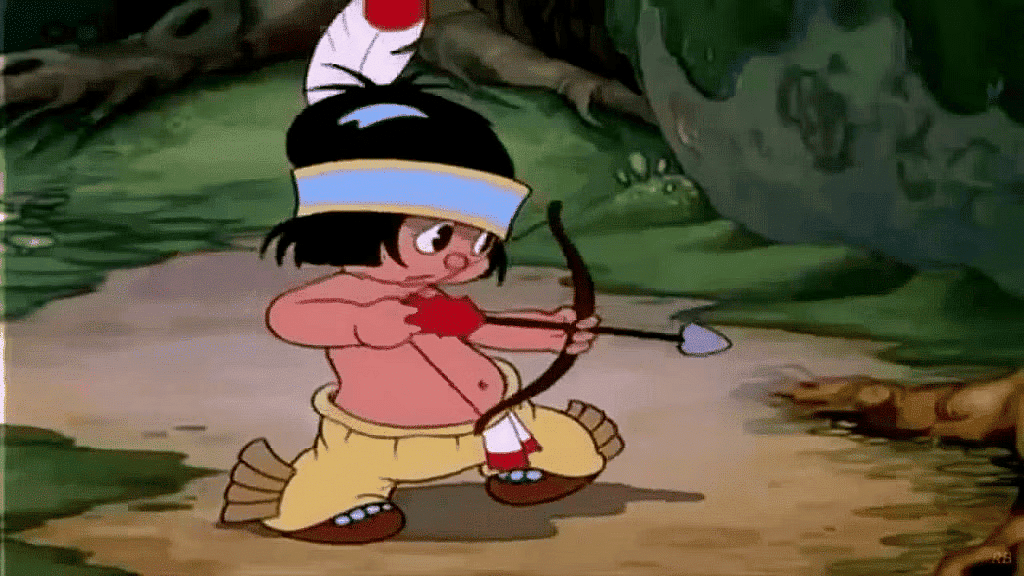Hiawatha Chapter Notes | English for Class 4 PDF Download
| Table of contents |

|
| Introduction |

|
| Summary |

|
| Explanation |

|
| Word Meaning |

|
Introduction
"Hiawatha" is a narrative poem written by Henry Wadsworth Longfellow, an American poet, and is inspired by Native American legends and folklore. It tells the story of a Native American hero named Hiawatha, who is portrayed as a wise leader and skilled hunter. The poem is known for its vivid imagery, rhythmic verse, and portrayal of Native American culture and traditions. It has been cherished for generations as a classic piece of American literature that celebrates the spirit of adventure, resilience, and unity.

Summary
"Hiawatha" is an epic poem that tells the story of the legendary Native American hero Hiawatha. The poem follows Hiawatha's journey as he grows from a young boy into a great leader and warrior. Hiawatha faces various challenges and adventures along the way, including battles with monsters and struggles to unite warring tribes. With the help of his wisdom, courage, and compassion, Hiawatha brings peace and prosperity to his people, teaching them the importance of unity and harmony with nature. Through its rich imagery and rhythmic verse, "Hiawatha" celebrates the beauty of the natural world and the resilience of the human spirit.

Explanation
Stanza 1
“Then the little Hiawatha
Learned of every bird its language,
Learned their names and all their secrets,
How they built their nests in Summer,
Where they hid themselves in Winter,
Talked with them whene’er he met them,
Called them ‘Hiawatha’s chickens.’

Hiawatha is depicted as a young learner who possesses a deep connection with nature. He learns the language of birds, understanding their names, behaviors, and even secrets. Hiawatha observes their nesting habits, their seasonal movements, and engages in conversations with them whenever he encounters them, affectionately calling them "Hiawatha's chickens.
Stanza 2
Of all beasts he learned the language,
Learned their names and all their secrets,
How the beavers built their lodges,
Where the squirrels hid their acorns,
How the reindeer ran so swiftly,
Why the rabbit was so timid,
Talked with them whene’er he met them,
Called them ‘Hiawatha’s Brothers’.”
Building upon his connection with wildlife, Hiawatha extends his understanding to all animals. He acquires knowledge of their language, names, and behaviors, including how beavers construct their lodges and where squirrels store their acorns. Hiawatha also learns about the swiftness of reindeer and the timid nature of rabbits. He interacts with these animals, referring to them as "Hiawatha's Brothers."
Word Meaning
1. Hiawatha: The name of the protagonist, a young Native American boy.
2. Beavers: Large, amphibious rodents known for building dams and lodges.
3. Lodges: Dwellings or shelters constructed by beavers using branches, twigs, and mud.
4. Squirrels: Small rodents with bushy tails, known for storing nuts and seeds.
5. Acorns: The nuts of oak trees, which are a common food source for squirrels and other animals.
6. Reindeer: A species of deer native to arctic and subarctic regions, known for their adaptation to cold climates and their importance to indigenous cultures.
7. Rabbit: Small mammals known for their soft fur, long ears, and quick movements.
8. Timid: Showing a lack of confidence or courage; easily frightened or hesitant.
|
20 videos|141 docs|41 tests
|
FAQs on Hiawatha Chapter Notes - English for Class 4
| 1. What is the significance of the character Hiawatha in the article? |  |
| 2. How does Hiawatha's story relate to Native American culture and traditions? |  |
| 3. What are some key themes explored in the article about Hiawatha? |  |
| 4. How does Hiawatha's story differ from other legendary figures in Native American folklore? |  |
| 5. How has Hiawatha's legend been passed down through generations in Native American communities? |  |




















